11 interesting differences between the two ends of the Earth: Arctic and Antarctica
Because of the tilt of the Earth's rotation axis, the amount of sunlight that reaches the Arctic and Antarctica is quite the opposite, so everything exists and happens at two different poles.
- "Blood waterfall" in Antarctica, mysterious for hundreds of years has been decoded
- 11 interesting facts few people know about Antarctica
1. Continental and Ocean

Antarctica is a continent with an area of 14,000,000 km2, with mountains and lakes surrounded by the ocean and considered the largest desert in the world. There is no Antarctic nation.
Meanwhile the Arctic is a frozen ocean, surrounded by land. The northernmost region of the Earth includes the northern part of Canada, the United States, Greenland (the territory of Denmark), Norway, Sweden, Russia, Iceland, and Finland.
2. Volume of tape
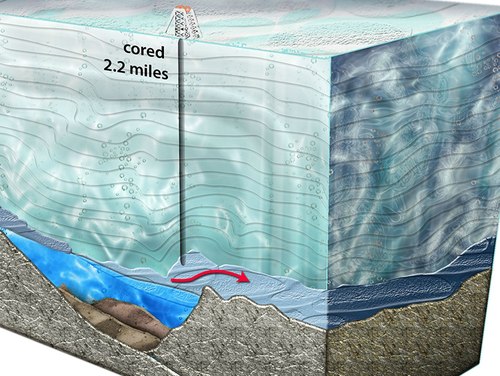
Nearly 90% of Earth's ice is being held at the farthest continent in Antarctica. The ice in Antarctica has a place of up to 3.5km.
But in the Arctic, the ice is only 2m to 4m thick.
3. The phenomenon of ice melt
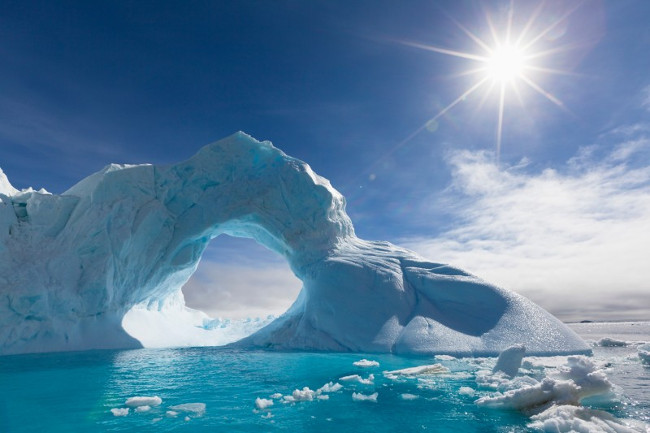
Big ice is 3.5 km thick in Greenland, the Arctic has a very fast melting rate in summer. According to calculations by scientists, at this rate, by the end of the 21st century, the ice sheet will melt nearly half and within more than a century, the entire Arctic territory will not have transparent ice. summer .
In Antarctica, large and small ice sheets almost all year round do not change shape, they only melt due to the effects of global warming.
4. The ozone layer
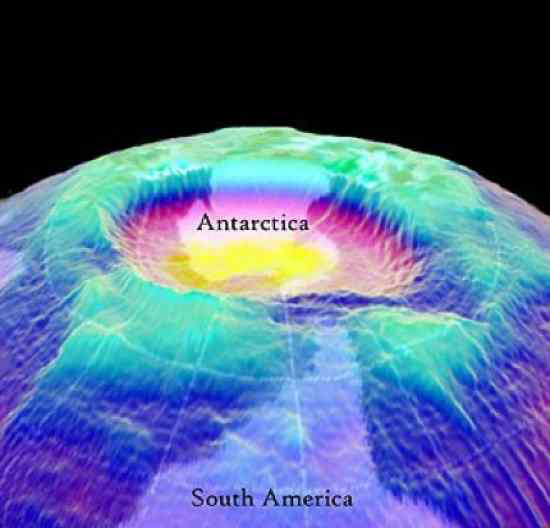
The ozone layer is a very important layer of atmosphere, it encapsulates and protects the Earth from solar radiation. Currently in some places on Earth the ozone layer has been destroyed and even no more.
Currently, the Antarctic ozone layer is three times larger than the surface of the United States.
In the Arctic, due to the higher temperatures in Antarctica, preventing cloud formation can damage the ozone layer. But it is also getting thinner because the temperature in the stratosphere is gradually decreasing.
5. Temperature and freezing
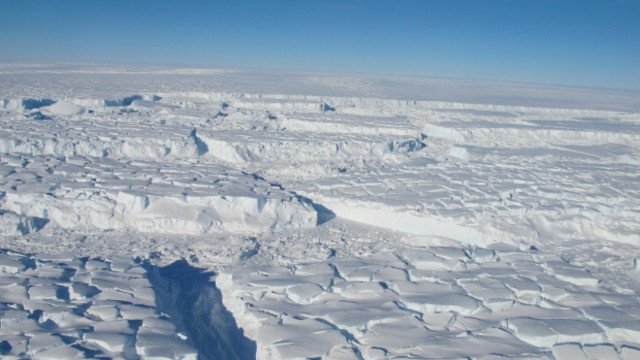
Antarctica is the coldest continent on Earth, the average temperature in the year is -49 degrees Celsius and the lowest temperature ever recorded is -89 degrees Celsius.
The temperature in the Arctic is higher, in the winter it is -34 degrees Celsius and the summer can increase by a few degrees.
6. Bears and penguins
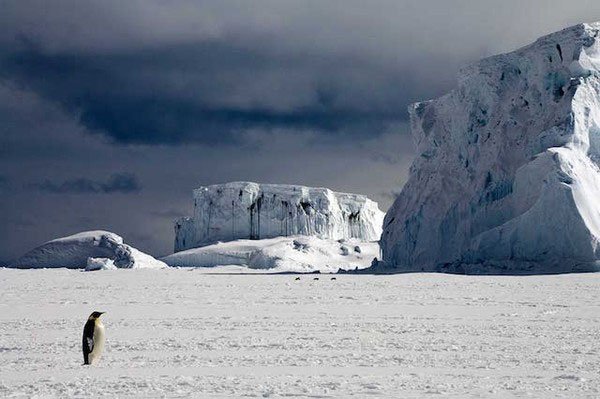
Many people mistakenly believe that polar bears and penguins live together in an environment. But the penguins actually live in the South Pole, where there are no predators, and the white bear is the ruler of the Arctic Ocean.
7. Oil - "black gold"
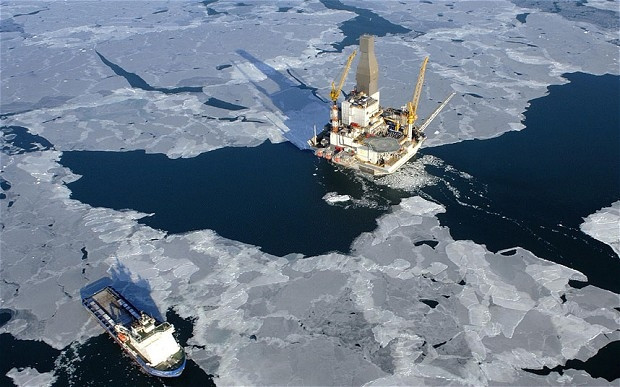
There are about 10 tons of crude oil stretching nearly 1,800km, accounting for nearly half of the world's oil fields under the ice in the Arctic.
Under the continental crust in Antarctica, there are many oil fields, but the exploitation here has been banned due to the Antarctic Treaty.
8. Land without people
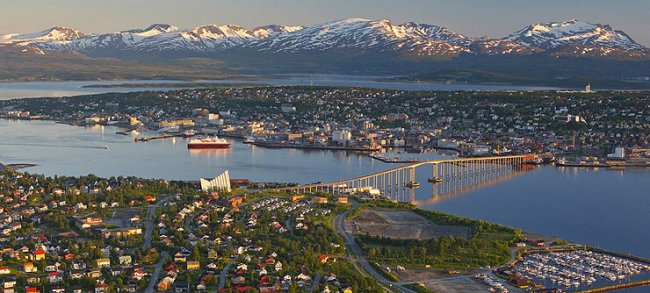
Because the weather in Antarctica is so harsh, only people who work at research stations for a short period of time do not have settlers here.
In contrast, there are more than 4,000,000 people living in the Arctic, distributed in some places such as: Barrow, Alaska; Tromso, Norway; Murmansk and Salekhard, Russia.
9. Tornado
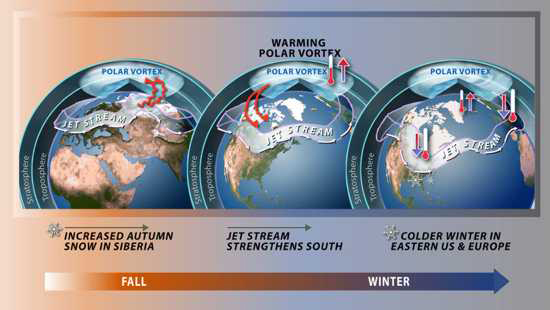
There are tornadoes on Earth's 2 poles, formed in the middle and upper part of the troposphere and stratosphere. But the tornado tornado in Antarctica is stronger and lasts longer than the Arctic. The reason is that large areas of land concentrate in the high latitude of the Arctic, creating an atmospheric layer that reduces the intensity of the cyclone.
10. Minerals
Many minerals such as nickel, gold, silver, platinum, iron . can be found in Antarctica but do not exist in the Arctic.
11. Calculating magnetic field
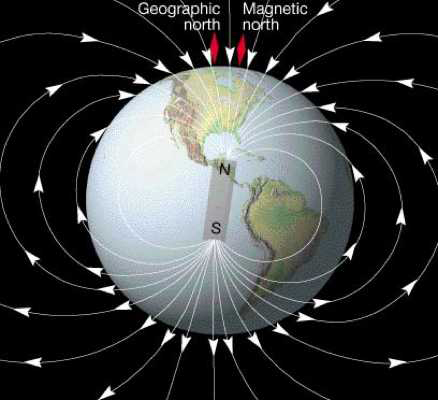
The Earth has two geomagnetic poles and does not coincide with two geographic poles. Earth's magnetic poles often have an unstable position and are cyclically reversed. The poles from the north move in the west with 10-15km per year and the magnetic pole in the south of the magnetic field is moving eastward at 55-60km per year.
You should read it
- The Earth's magnetic field is about to reverse the polarity?
- How to Take Down a Pole
- GitHub bury its entire repository under the North Pole to prevent the apocalypse happening
- Saturn, the most beautiful planet of the solar system through the Cassini spacecraft prism
- The ozone layer has just appeared a new concern
- How do wildfires affect Earth's ozone layer?
- How hot is the planet of Mercury?
- White polar bears die because of love loss that many people suffer
- Great Pyramids of Giza and 4 mysterious anomalies have no solution
- What happens when the Earth falls into a black hole?
- Strange phenomenon: The second snow fell on the Sahara desert
- The Earth used to be purple and 8 secrets of little surprise
May be interested

Why do human hands have 5 fingers?

The width and path of radioactive clouds if North Korea tests the Pacific thermonuclear bomb

If you lack human water, how long will you live?

If struck by lightning when flying, is the bullet affected?

It turned out that this was the reason that only one side of the nose was suffocated with the flu

Why do people often choose white to paint airplanes rather than other colors?






 Facts about Arctic foxes you may not know
Facts about Arctic foxes you may not know Mini ozone hole opens over Arctic and, yes, that's kinda weird
Mini ozone hole opens over Arctic and, yes, that's kinda weird 11 interesting facts few people know about Antarctica
11 interesting facts few people know about Antarctica Discovering more than 91 new volcanoes in Antarctica, hiding catastrophes for mankind can break out at any time
Discovering more than 91 new volcanoes in Antarctica, hiding catastrophes for mankind can break out at any time 10 interesting facts about the Earth you may not know
10 interesting facts about the Earth you may not know 12 interesting facts about the world not everyone knows
12 interesting facts about the world not everyone knows